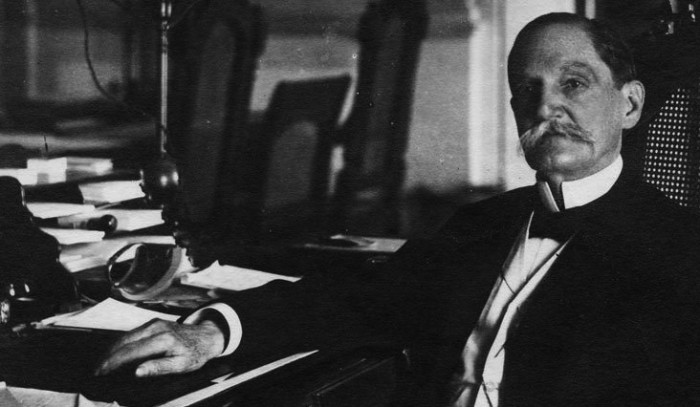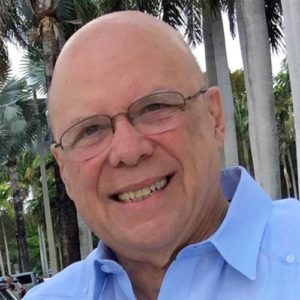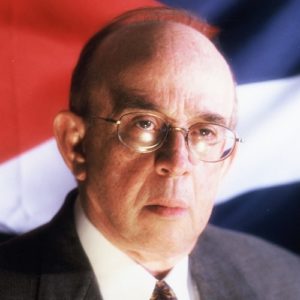
Tomás Estrada Palma is remembered as the presidential paradigm of financial honesty. On his inauguration day, May 20, 1902, the treasury of the Republic had $539,994; two years later, it had more than seven million. Under Estrada Palma 25% of the budget went to education. The president’s motto was “more teachers than soldiers.”
On May 22, 1903, a Reciprocity Treaty with the U.S. was signed, giving Cuba’s sugar a 20% tariff preference over other sugar-producing countries. The agreement helped Cuba establish a solid foothold in the largest sugar market. In 1904, the average American consumed 75 lbs. of sugar per year. The Reciprocity Treaty encouraged capital investment in the big sugar factories or centrales, which rose from 50 million in 1896 to 205 million in 1909, while sugar production tripled between 1900 and 1903 to one million tons.
As the 1905 race for the presidency got underway, the political environment on the island began to deteriorate. Estrada Palma was told by friends and supporters that he was needed for four more years. He agreed and announced his reelection bid.
The Liberal Party coalesced as a national political force led by Gen. José Miguel Gómez, the charismatic veteran leader from Santa Clara, and Doctor Alfredo Zayas, a corrupt, clever politician, who ran on the liberal ticket for president and vice president.
The president’s faction reacted by forming “the fighting cabinet,” led by Gen. Fernando Freyre. The situation turned violent when news broke out that Col. Enrique Villuendas, a popular opposition leader, had been murdered in Cienfuegos by a local chief of police. In protest, the Liberal Party withdrew from the presidential race leaving Estrada Palma to win again without opposition. It was a brief and bitter victory when on August 16, 1906, the opposition led by regional leaders rose up in rebellion in what became the August Little War or Guerrita de Agosto. The small rural guard force was incapable of suppressing the uprising, and Estrada Palma requested U.S. military intervention.
The U.S. President, Theodore Roosevelt, did not welcome the request from the Cubans, but Estrada Palma insisted on the landing of 2,000-3,000 U.S. soldiers to restore order on the island. Roosevelt tried to avoid intervention and work out an accommodation between the rebels and the government.
He wrote the Cuban ambassador in Washington: “Our intervention in Cuban affairs will only come if Cuba herself shows that she lacks the self-restraint necessary to ensure peaceful self-government and that her contending factions have plunged the country into anarchy.” President Roosevelt sent Secretary of War William Taft to Cuba to negotiate a peaceful settlement. Estrada Palma again rejected a compromise solution and threatened to resign if the United States did not intervene militarily.
President Roosevelt, again, to avoid the request for intervention wrote to Estrada Palma: “I most earnestly ask that you sacrifice your own feeling on the altar of your country’s good and yield to Mr. Taft’s request by continuing in the presidency a sufficient length of time to inaugurate the new (Cuban) temporary government…” “I pray that you at least have sacrificed yourself for your country and that when you leave office you leave your country free.” The unyielding old veteran again stood his ground, and on September 28, 1906, the first president of the Republic resigned, living the island without government. On the following day, 2,000 Marines landed in Cuba initiating the second U.S. intervention.
What made this intervention different was the fact that government offices (with few exceptions) at the national, provincial and municipal levels remained in Cuban hands, and U.S. soldiers were stationed outside major cities, and in a gesture of respect to Cuba’s proud War of Independence’s heritage “La bandera de la estrella solitaria” was not replaced by the U.S. flag in government buildings.
But for Cuban nationalism, the U.S. intervention was a terrible embarrassment. Professor Luis Aguilar complained: “The fact that the Cubans themselves had invited foreign rule provoked a wave of pessimism and disillusionment throughout every level of Cuban society. It was no longer possible to maintain even a pretense of faith in self-government. “It was evident that four centuries of Spanish dysfunctional and violent political heritage were rooted in Cuba. The bitter truth was that the Republic failed in the first round.









